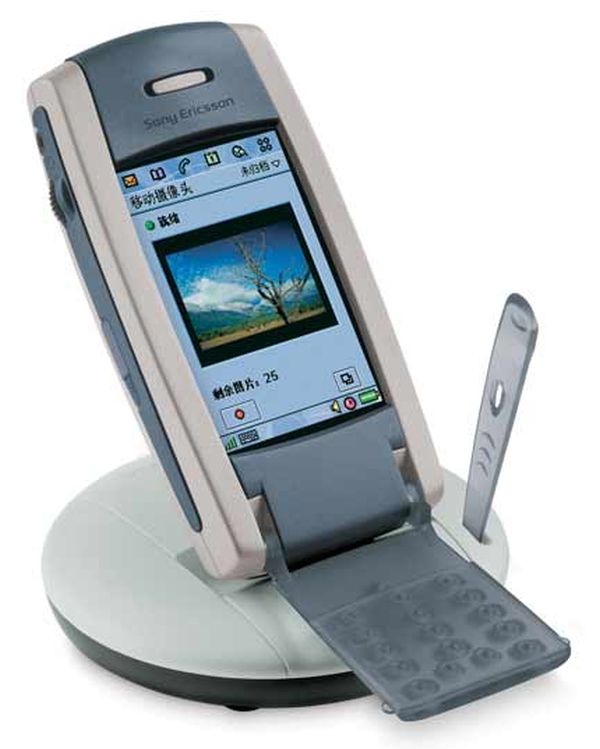Five years ago, launching a decent streaming platform took millions. Now? A teenager with a laptop can build something that reaches millions. That shift…
The smartphones of James Bond: Die Another Day (2002)

There are two things you’ll most assuredly see in James Bond movies: antagonists with humourous names, and the destruction of fancy cars. But something else that has been regularly recurring in Bond movies since Die Another Day is the humble smartphone. In this series, we’ll take a look at five pivotal Bond movies over four distinct articles that sport these crazy, glitzy and plain outrageous phones that eventually made their way into production, albeit with a lot less buttons, bells and radioactive whistles when compared to the movies.
These are the Smartphones of James Bond.
In part one, we look at the smartphones of Die Another Day, starring Pierce Brosnan, Halle Berry and Rosamund Pike, among others.
Sony Ericsson T68i
Although not actually used by Bond himself, the Sony Ericsson T68i introduced Bond fans to the concept of the smartphone. It was Halle Berry’s Jinx who used the device in Die Another Day, but back in 2002, the term “smartphone” wasn’t exactly a fair reflection when compared to today’s wares. Nevertheless, the T68i was as close as they came, and boasted many specs that we now take for granted.

Image: mroach via Flickr
In true candy bar form factor style, the phone featured an array of nine alphabetic and numeric buttons, along with command keys and such, which required multiple taps to get to the likes or R, and Z.
It was Sony Ericsson’s first colour screen phone too, boasting a now-teeny-tiny 101×80 resolution screen, and a grand total of 256 colours. It could also claim to feature Bluetooth connectivity in the early stages of the technology’s life, as well as an infrared port, GPRS capabilities and Sony Ericsson’s legendary T9 predictive typing system that practically pioneered the predictive text phenomenon.
But as Die Another Day‘s story unfolded, we learned that Jinx didn’t really need any of these features. Using the device as a bomb (which is a shame, really), Jinx didn’t quite understand what an impressive product the T68i was in its time. But rather incredibly, these can be had on eBay now from R300.
But that wasn’t the only device that made its bow in Die Another Day.
Sony Ericsson P800
The Pierce Brosnan hit also featured the 2002-released Sony Ericsson P800, which was more PDA than smartphone. Still, the device boasted some impressive specs in its day.

Image: Micky Aldridge via Flickr
There was now an array of 4096 colours the screen could display and it was a touch screen at that. The device came bundled with a stylus for more intricate use and used a Symbian-based OS (the OS that powered many Nokia’s in the early 2000s as well).
“The P800 has an inbuilt camera which makes taking pictures simple, images can then be viewed on a large color touch-screen, sent via MMS or as an e-mail,” an early press release prior to the movie’s release recalls.
That “inbuilt camera” phrase may not sound like much, but it was a massive feature back in 2002. It was the year that camera-enabled phones first made their consumer bows in earnest, with the T800 one of a handful of devices sporting the feature. Cameras of this era were generally using sensors of around 300000 pixels, or 0.3-megapixels — more than 50 times smaller than smartphones of today.
Ultimately these two Sony Ericsson phones ploughed the way for the company to spread its wings within in the iconic series, providing gadgets for Bond on behalf of Q.
Stay tuned for part two of this series coming soon.
“The smartphones of James Bond” is brought to you by Vodacom. Vodacom Group Limited (Vodacom) is an African mobile communications company providing voice, messaging, data and converged services to over 60 million customers. From its roots in South Africa, Vodacom has grown its operations to include networks in Tanzania, the Democratic Republic of Congo, Mozambique, and Lesotho and provides business services to customers in over 40 African countries.
Vodacom is majority owned by Vodafone, the world’s largest mobile communications company by revenue, and is listed on the JSE Limited under the symbol VOD.


